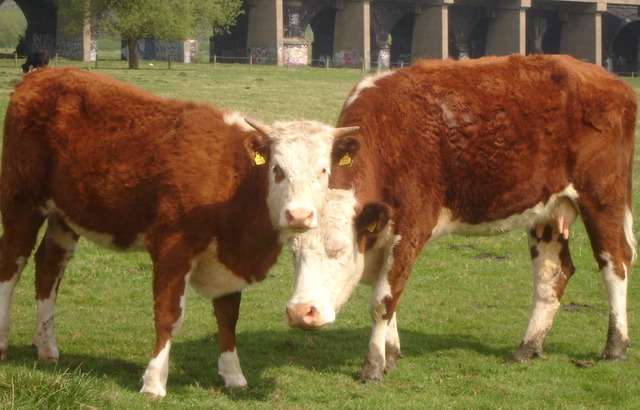Big data study casts serious doubts about the extent to which badgers cause TB in cattle

Using a mathematical model that combines a huge number of cattle and badgers that have TB, the researchers were able to quantify the relationship between the two animals and use a big data approach to show that the route of infection for cattle is from other cattle rather than from other species. Reciprocally, badgers are mainly infected by other infected badgers.
"If badgers are causing TB in cattle, we would see a similar pattern of infection in both species, however our analysis reveals that this isn't the case and could have implications for a strategy to vaccinate badgers, as an efficient control strategy if policymakers were to pursue this option," said lead author Dr Aristides Moustakas from QMUL's School of Biological and Chemical Sciences.
Bovine TB poses serious issues for the farming industry in particular, as cattle found to be TB positive need to be killed and their products may not be sold, which has financial implications. The modelling exercise in this new research paper follows over a million cattle and 50,000 badgers over different scenarios to understand how the movement of one species affects the transmission of TB in the other.
Dr Moustakas adds: "There is little geographical overlap between farms with infected cattle and setts with infected badgers, and cycles of infections between the two species are not synchronised. Also, the spatial aggregation pattern of TB in cattle and badgers is different – in badgers, we find that the disease is found in clusters whereas in cattle the disease is much more random and dispersed."
The findings reflect the movements of the animals – for example, cattle move greater distances within their grounds or they can be sold to farms further afield so it is not unexpected that cattle with TB can be found at unrelated and geographically widespread areas. Conversely, badgers are social animals that live in groups, and rarely leave their homes, meaning that the presence of TB is more clustered.
Policymakers have adopted the bovine TB management strategy of culling badgers, which are thought to act as a reservoir for the disease. It is understood that culling badgers spreads the disease further as it forces them to runaway - this paper shows that an increase in the population of badgers seems to have a similar result as culling, increasing badger-induced infection distances.
The research suggests that an efficient way to vaccinate badgers might be to follow the spatial pattern of TB infections, for example by identifying the hotspots where the disease is concentrated. This targeted approach would save labour and costs to control the spread of the disease.
The research, published in the journal Stochastic Environmental Research and Risk Assessment.
More information: Aristides Moustakas et al. A big-data spatial, temporal and network analysis of bovine tuberculosis between wildlife (badgers) and cattle, Stochastic Environmental Research and Risk Assessment (2016). DOI: 10.1007/s00477-016-1311-x
Journal information: Stochastic Environmental Research and Risk Assessment
Provided by Queen Mary, University of London

















